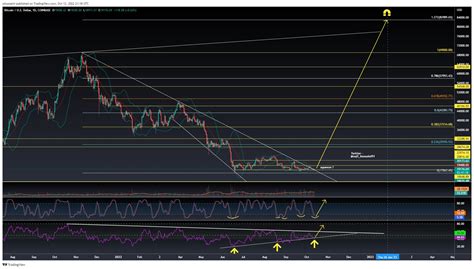3 min de lectura
Pump, Bear, RSI
CRYPTOCURRENCY
Crypto Market Volatility: A Guide to the Pump, Bear, and Relative Strength Index (RSI)
The world of cryptocurrency has always been known for its high level of volatility, but recent market trends have highlighted the importance of understanding various technical indicators to navigate this fast-paced environment. In this article, we will delve into the Crypto Market Volatility: A Guide to the Pump, Bear, and Relative Strength Index (RSI), a trio of key tools used by traders and investors alike.
What is the Pump?

A pump is a brief period of significant price increase in cryptocurrency markets, often driven by market sentiment or investor enthusiasm. During this phase, prices tend to rise rapidly, leaving bulls (supporting buyers) ahead of bears (opposing sellers). The pump can provide an opportunity for traders and investors to capitalize on the momentum, but it’s essential to understand that these periods are inherently volatile.
The Bear: A Market Downswing
A bear is a market downswing or decline in cryptocurrency prices. It’s characterized by a decrease in trading volume, lower highs, and lower lows. During this phase, bears (opposing sellers) tend to push the price back towards its support level, making it essential for traders to be cautious of buying on dips.
Relative Strength Index (RSI)
The Relative Strength Index (RSI) is a popular technical indicator that measures the strength or weakness of a stock’s recent price movement. It calculates the magnitude of price changes over time and provides insights into market sentiment. The RSI ranges from 0 to 100, with higher values indicating overbought conditions.
Here are the key features of the RSI:
- Overbought (80-100): Indicates that the price has increased rapidly and may be due for a correction.
- Underbought (30-70): Suggests that the price is in a downtrend or bearish momentum, making it a good time to sell.
When applied to cryptocurrency markets, the RSI can help traders identify potential buying opportunities. A bullish RSI reading suggests that prices may continue to rise, while a bearish reading indicates that prices are due for a decline.
How to Use the Pump, Bear, and RSI Indicators
Here’s how to incorporate these indicators into your trading strategy:
- Pump: Identify potential pump opportunities by looking for a significant price increase in cryptocurrency markets. Keep in mind that these periods can be volatile, so it’s essential to have a solid risk management plan in place.
- Bear: Focus on identifying potential bear trends or downswings in cryptocurrency markets. Be cautious of buying on dips, as this can lead to a reversal of momentum.
- RSI: Apply the RSI indicator to your charts to identify overbought and underbought conditions. This can help you make informed trading decisions and avoid making impulsive buys or sells.
Conclusion
Understanding the pump, bear, and Relative Strength Index (RSI) is crucial for traders and investors in cryptocurrency markets. By recognizing these patterns, you can develop a more effective trading strategy that balances risk and reward. Remember to always set realistic expectations, use proper risk management techniques, and stay adaptable in an ever-changing market environment.
Disclaimer: This article is for informational purposes only and should not be considered as investment advice. Cryptocurrency markets are highly volatile, and it’s essential to do your own research before making any investment decisions.